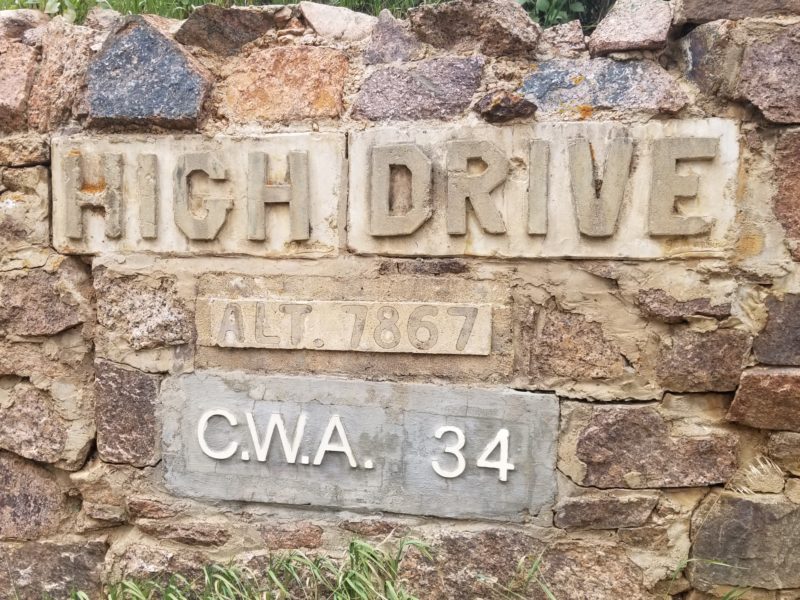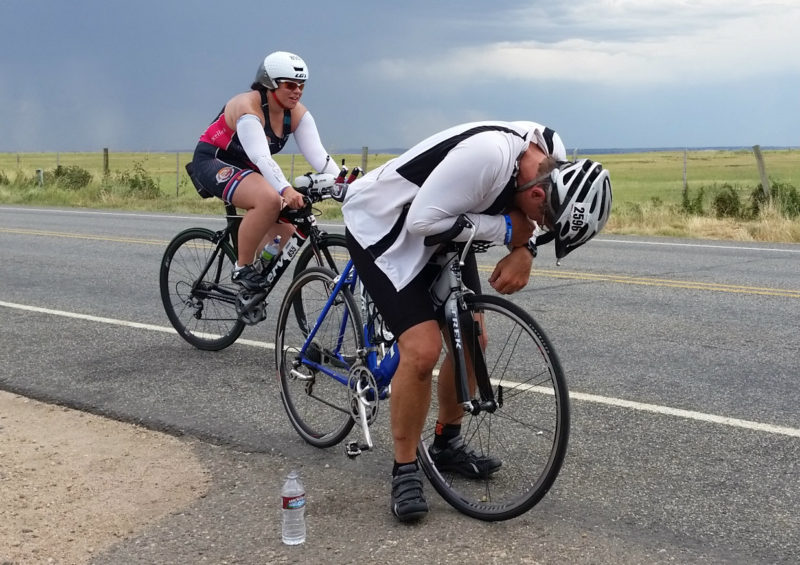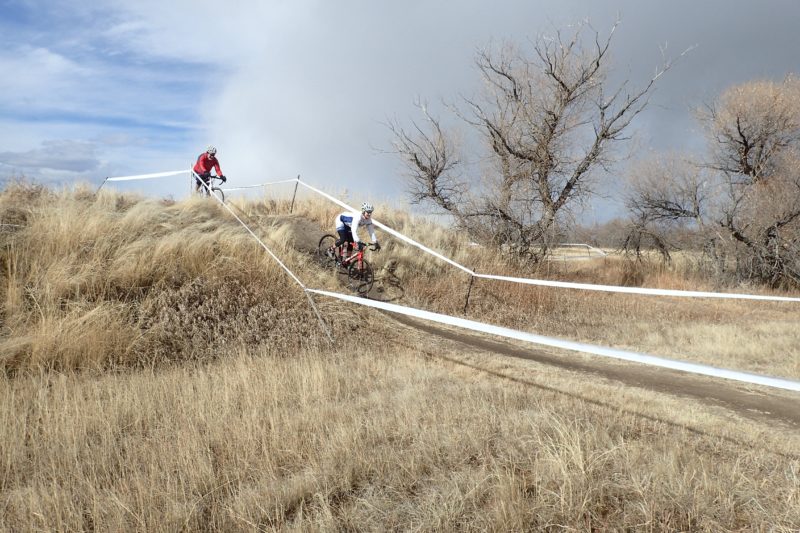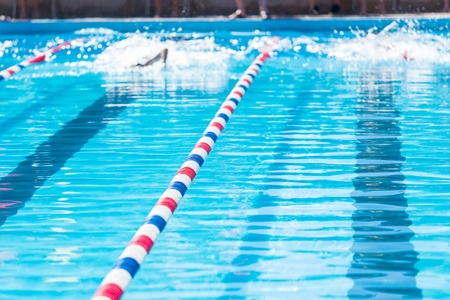One of my athletes recently competed in her first half-ironman distance triathlon. It didn’t go quite as planned – she writes:
On race day my stomach decided not to turn on. I really couldn’t eat anything before the swim. I had about 2 to 3 nibbles off of a pb&j and some water (and wanted to throw up). Right before the swim I did take in a gel. On the bike I kept trying to eat but my stomach just didn’t like it. I did eat but I kept choking on it. By the last 10-15 miles on the bike my stomach was growling. So basically by the time I was on the run course I was really hungry and had little energy. I guess what my question is is I trained with food and couldn’t stomach it, so what do I do when all my body wants is liquid?
We all want race day to go as planned and practiced, but as we all know that sometimes that doesn’t happen. This is why I highly encourge training logs with both training and nutrition details. Training is the time for trial and error in the hopes of a smoothly executed race day. But that doesn’t always happen so as a coach the first question I ask is – did you do anything different starting about 2-3 days before the race up until race morning? Additionally, the stress of race day, especially when tackling a much more challenging distance for the first time, can wreak havoc on nerves, which can also affect the stomach.
Side note: I strongly believe that all athletes need to have a race plan that starts at least 2-3 days before the race. In your plan is your racing and fueling strategy that you’ve worked through in your training. Remember nothing new on race day! (I will eventully be writing an e-book on how to write a race plan.)
My athlete’s response to this question was: I’ve been giving it some thought and all I could come up with is that I was taking some vitamins because I was feeling like I was getting a cold. Nothing I haven’t taken before though.
Now I don’t know at this time what kind of vitamins she took, but some, especially with extra iron can possibly upset stomachs. But let’s assume that this didn’t affect her and otherwise she did everything prior to the race as she had trained. So what do you do now?
My recommendation if this happens to you is to assess the situation, stay hydrated, and adapt. If you can’t stomach solid food, it’s perfectly ok to go to liquid calories. Most athletes will have trained with some sort of gel/sports drink so know what you like. I also recommend training at least a few times with the race-provided sports drink to make sure you can use it. If not, have a plan to carry your own.
There are a few things components to think about when fueling differently from how you have trained.
1) Calories
2) Electrolytes
3) Fluid requirements for hydration
All of the above are going to vary by athlete and race conditions, but you should have a good idea of what you need if you are keeping a training and nutrition log.
My next recommendation is to start conservatively to make sure your stomach really will handle the calories. If it can, keep drinking to stay hydrated and get in those electrolytes, and add calories as needed. Here are some liquid sources of calories:
- Carbohydrate only sports drinks – these will usually be on the course – careful with these if you do have a sensitive stomach. Train at least a few times with the race-provided sports drink to see how you respond.
- Gels – these are typically carbohydrate only and are chased with water. These are easy to carry with you on the bike or stash in your bag at transition. A lot of race courses provide these as well.
- Protein+carbohydrate sports drinks – these will most likely not be on the course, and some athletes will fuel solely with these types of nutritional supplements. If you find you often have a hard time with solid food on race day, these are great alternatives.
Keep extra “just in case” nutrition in your transition bag that you can grab if needed. It can’t hurt to have extra food with you, as you don’t need to use it all!
If you have the situation where your stomach can’t handle any calories, just work on taking in electrolytes and fluids for hydration. If you are having trouble keeping anything down, slow down and remember that one race is not worth your health. It’s OK to slow down, stop, and seek assistance. You are more important than your race results.
Even if your race fueling doesn’t go exactly like your plan, you can still have a successful race if you assess the situation, stay hydrated and adapt to the situation.
Have you had to make any race day nutrition adaptations? Share your experiences in the comment section.
If you have other questions that you would like to see answered in the ‘Ask the Coach’ column you can post them there as well. You can also contact Coach Nicole on facebook, twitter or via email at nicole@neoendurancesports.com.
Coach Nicole is the founder and head coach for NEO Endurance Sports & Fitness, a Colorado-based endurance sport coaching company. She is a USAT Level 1 Certified Coach and also coaches triathlon for Team In Training. Learn more at https://neoendurancesports.com/.










1 comment
Thanks Coach! That really helps. Next season I will train with some carb/protein drinks and see how that works.
Cheers, Michele
Comments are closed.